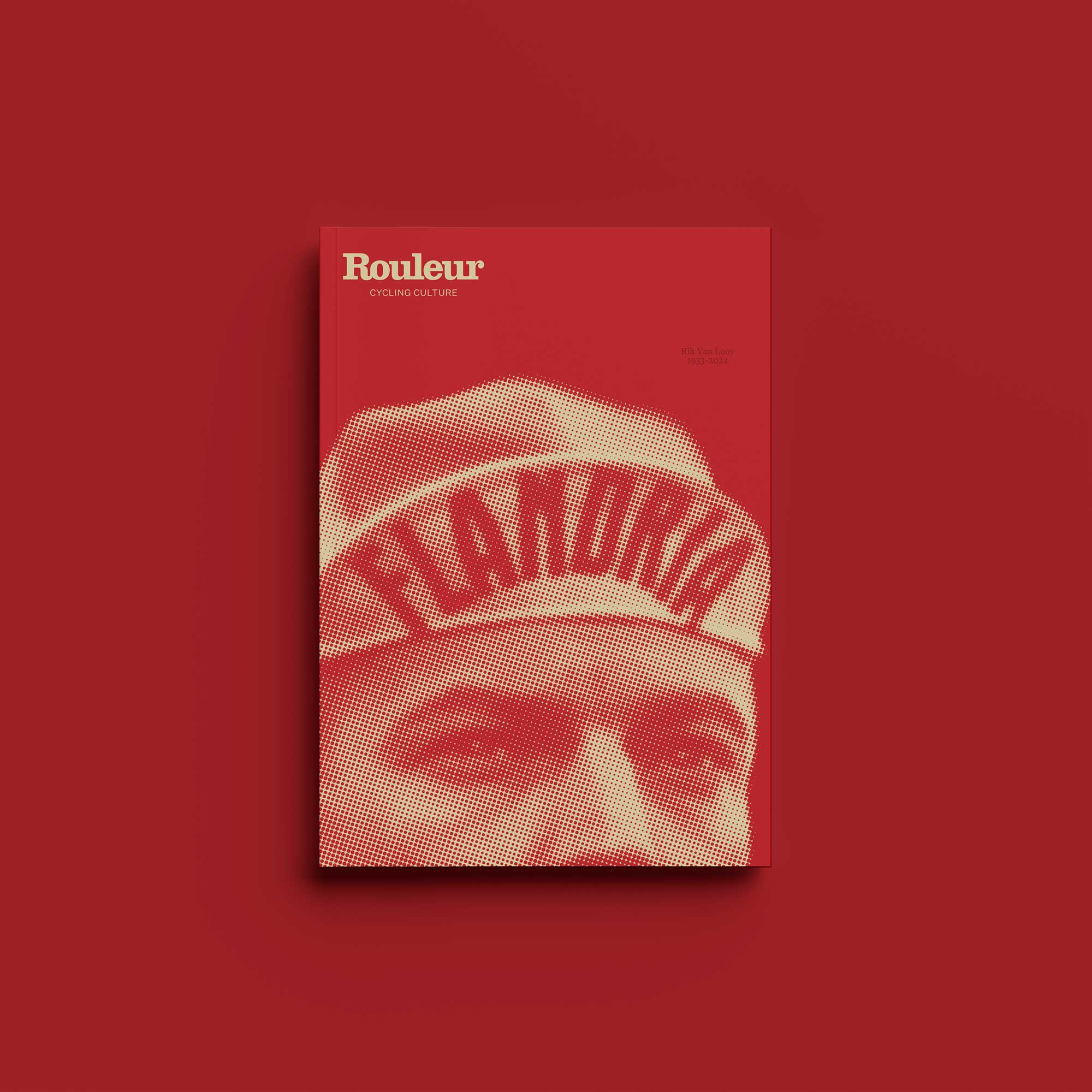As he crossed the finish line in Milan, Alberto Contador beat his chest. The crowd roared his name. This rider, head-to-toe in a pink skinsuit, had just won his second Italian Grand Tour, the Giro d’Italia (however, he’d later be stripped of this title for doping, and Italian Michele Scarponi would hold the title). But while in that moment, under the sunny skies of Milan, the crowds cheered with glee over seeing the pro cyclists whizz past them around the city, the 2011 Giro d’Italia was shrouded by darkness. And the big question mark looming large: safety.
The three-week race began on May 7, 2011, with a team time trial in Turin. It was set to be one of the hardest editions in the race’s modern history, featuring seven stages classed as high mountain and six with summit finishes, as well as a mountain time trial. The parcours looked brutal. Riders opting to take on the challenge in that year’s edition were the likes of Vincenzo Nibali, Tyler Farrar, Joaquim Rodríguez, Mark Cavendish, Robbie McEwan and Riche Porte.
HTC-HighRoad won the opening team time trial, Alessandro Petacchi stage two, and Ángel Vicioso stage three. But on stage four, there was no winner as the stage was neutralised because, during the descent of the Passo del Bocco on stage three, Leopard Trek rider Wouter Weylandt crashed and suffered catastrophic injuries, which led to his death. The Belgian’s passing was the first at the Giro in 25 years and was the first in one of cycling’s Grand Tours since 1995 when Fabio Casartelli died during the Tour de France. Weylandt wore bib number 108 during the race, and since that sad day in May 2011, race number 108 has been retired from use in the Giro. Farrar withdrew from the race before the start of stage five, and while the race continued, it was overshadowed by this.
The concern over rider safety was then heightened, and the night before stage 14, when the peloton was due to ascend and descend Monte Crostis – one of the most challenging climbs in the Alps and Carnic region – in a stage from Linz to Monte Zoncolan, there was backlash from the riders and team managers. The 22.9km-long climb with an average gradient of 10.1% was set to be a test of endurance, bound to upset the GC standings, but it wasn’t the climb’s stats that were the cause of concern.
The mountain pass was mostly paved, however, there was an unpaved, narrow gravel road for 6km to the top of the summit, which was the first issue to raise eyebrows. The second was the very technical descent, featuring twisting hairpin bends and more loose gravel. This terrain prevented the team cars from following their riders on the climb’s ascent and descent, only a motorbike was allowed to follow, and limited access for ambulances. It was a stage that was meant to be the hallmark of the 2011 edition of the Giro, but instead, it became the centre of controversy and debate.

The final decision to not include Monte Crostis was made by Thierry Diederen, Chairman of the UCI race jury, at 9pm the night before the stage – however, it was against the wishes of the organisers, RCS Sport, which had put in extra safety measures on the descent already, including plastic netting and crash mattresses.
RCS had also issued detailed protocols for teams to follow during the stage, including team motorbikes to follow the peloton on the very technical descent to carry spare wheels and provide mechanical support if needed. Team cars would not have been able to follow their riders for 37.2 kilometres as they would have to instead skirt the mountain's edge, making it very difficult for riders to get what they needed for a large proportion of the stage.
After the decision had been made, after hours of discussions between RCS and UCI commissionaires, the official communiqué read: “Although the Organiser has put in place all the necessary measures to ensure the riders’ safety, following the complaints of the Team Managers because of the impossibility to ensure an optimal sport management at the end of the stage (as the team cars cannot operate normally by following the race course for 37,2 km) and after an analysis of the proposal done by the Organiser to solve this problem, the Panel of Commissaires does not judge this proposal sufficient.”
The stage was rerouted, and fans were encouraged to line the ascent of the Zoncolan, but the route was cut by 20km, starting in Lienza, Austria, and finishing on Monte Zoncolan – a 10.1km climb with gradients of up to 22%. Igor Antón won the shortened stage atop Zoncolan, 33 seconds ahead of second place and race leader Alberto Contador. Since the 2011 race, the Giro d’Italia has never returned to Monte Crostis, whereas, the Zoncolan has featured seven times in the race's history. Monte Crostis remains a mysterious climb.
Amidst the cheers of the crowd and the adrenaline-fueled battles on the road, the tragic passing of Wouter Weylandt cast a sombre shadow over the peloton, serving as a stark reminder of the inherent risks of professional cycling. The controversy surrounding Monte Crostis, with its perilous gravel roads and logistical challenges, epitomised the delicate balance between the sport's exhilarating spectacle and the imperative of rider safety. While the peloton has yet to return to the untouched pass of Monte Crostis, its absence stands as a poignant reminder of the complexities and uncertainties that define the world of professional cycling.































